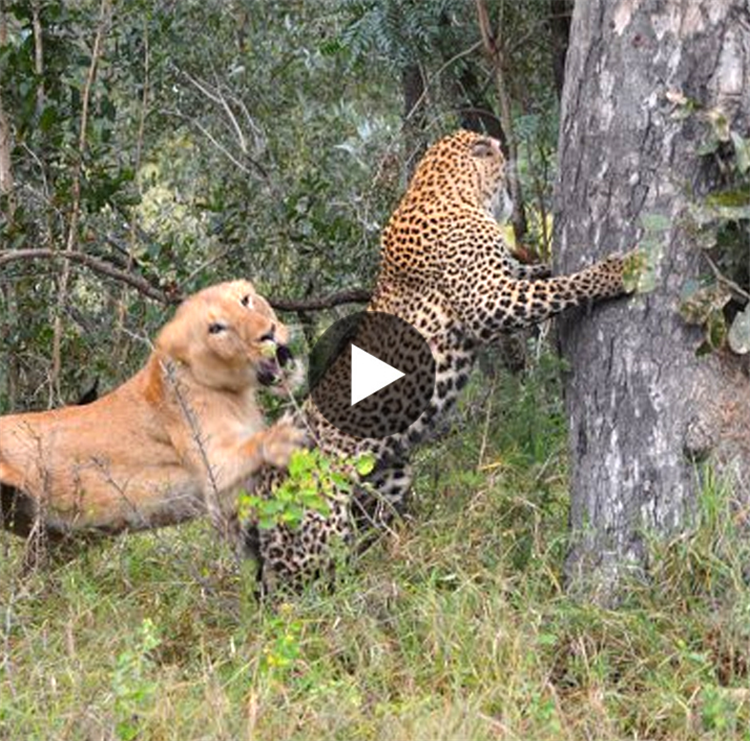In the wild, a hunter’s prey may not always be killed after the chase is over. This is due to the fact that there is a war amongst the hunters that is just as violent as the life-or-death struggle between the hunter and the prey.
When the cheetah has just killed and consumed its meal and is then the target of a lion’s hunt, the video footage posted by the Maasai Sightings channel demonstrates the abrasiveness of nature.
The leopard may have been too preoccupied with the performance to notice its surroundings properly because it appeared to be subjective.
The lion now has a “golden” opportunity to strike. Before attacking head-on, it snuck around to the back.
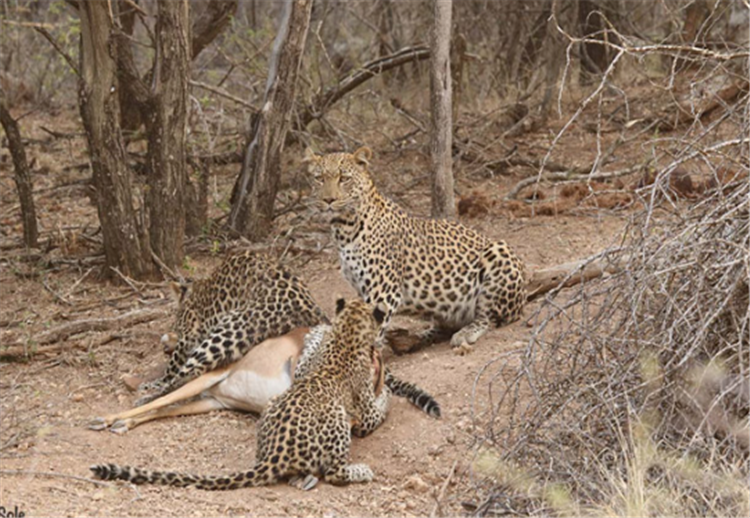
Despite having extremely keen senses, the leopard didn’t become aware of the presence of the enemy until the lion narrowed to a very close distance.
It instantly avoided lethal bites and barely managed to flee thanks to its agility.
The lion did not appear to mind when it saw the leopard flee, perhaps since its original intent was to steal the meal rather than kill the animal.
Because of their large prey populations and ideal balance of power and speed, lions are renowned as top carnivores and super predators on the savanna.
In addition to planning their own hunt, lions frequently kill or rob prey from other predators like leopards, cheetahs, and spotted hyenas. to reclaim superiority.
In the Masai Mara National Reserve (South Africa), a statistic reveals that lions really kill more prey than hyenas. This is due to the fact that, in environments where they cohabit, lions can entirely outnumber smaller felines like leopards and cheetahs.
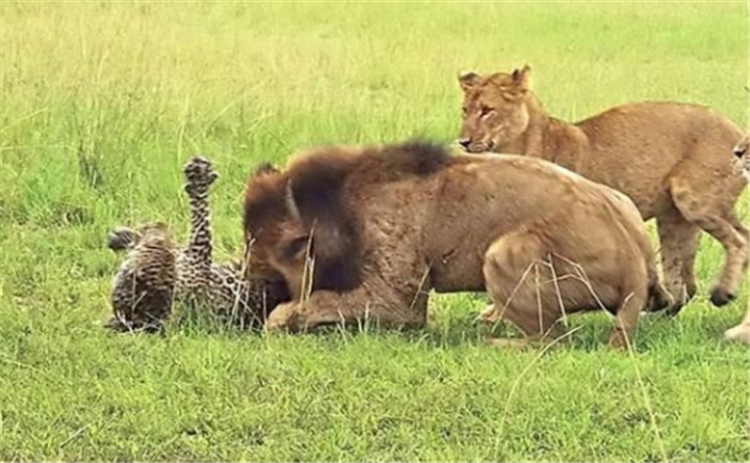
Additionally, given the chance, lions will consume carrion. They have been observed by numerous witnesses eating the carcasses of animals that have died naturally, such as through sickness or were killed by other means.
Despite being the most successful hunter on the savannah, numbers have been steadily falling since the turn of the 20th century at a rate of roughly 30–50% per 20 years. Even a species listing exists for them. On the IUCN Red List as endangered.
Disease, habitat loss from climate change, a lack of prey, changes in water supply, and human involvement are the main drivers of the decline. The two biggest risks to this big cat are thought to be habitat loss and human conflict.
The encounter between lions and leopards in the Mala Mala nature reserve, South Africa, caught the camera of guide Michael Botes, Latest Sightings reported on November 3. During an afternoon tour, Botes encountered 12 immature members of the Kambula lion and leopard Mlowathi atop a marula tree.
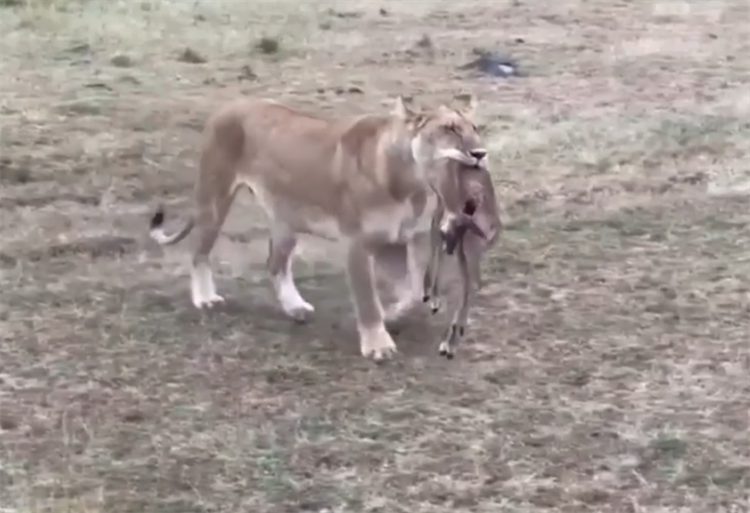
“At first I was worried about the leopard, but both sides saw each other and didn’t seem to mind. The lions came to a lake while the leopard groomed itself. Most of the lions began to sleep, except for one female, who is always watching the leopard. Eventually, the leopard climbed down from the tree. If it weren’t for the lioness, she might have escaped the 12 lions safely,” Botes said.
Leopards quickly realized the mistake and instinctively ran to a second marula tree and climbed up to avoid the lion. While the lions gathered around the tree trunk, the leopard roared at them from above. A young lioness climbed up causing the leopard to jump in panic. Although it landed without injury, it was surrounded by lions. After 30 minutes of fighting, in the end, the leopard was still the one who died.
“In my 16 years in the reserve, I’ve never seen anything like it. I’ve also talked to many longtime guides but no one has ever witnessed this. As guides, we caught up many times. encounter a leopard carcass killed by lions and other predators, but it takes the right time to see it with your own eyes,” Botes said.
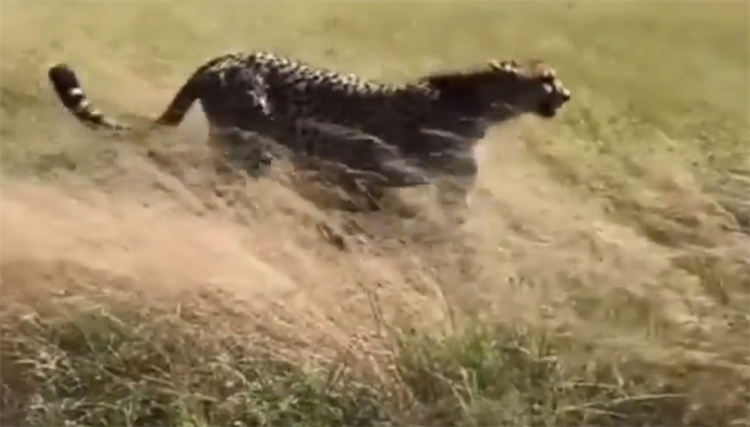
“If the leopard had stayed on the first tree, it would have survived. I’m sure in the 14 years or so of its life it has outlived many lions, but going up against 12 lions. The young man is eager to prove himself a fatal mistake,” he said.
Leopards (Panthera pardus) are large cats distributed in sub-Saharan Africa, northeastern Africa, Central Asia, India and China. Their prey includes antelope, deer, wild boar, rabbits, fish, birds and a number of other creatures. Leopards are good at climbing and can jump up to 3 m high.
The African lion (Panthera leo) is the only cat in the world that lives in groups. Male lions guard the territory of the herd and females are the main hunters. Their prey includes antelope, zebra, wildebeest and a number of other mammals.
